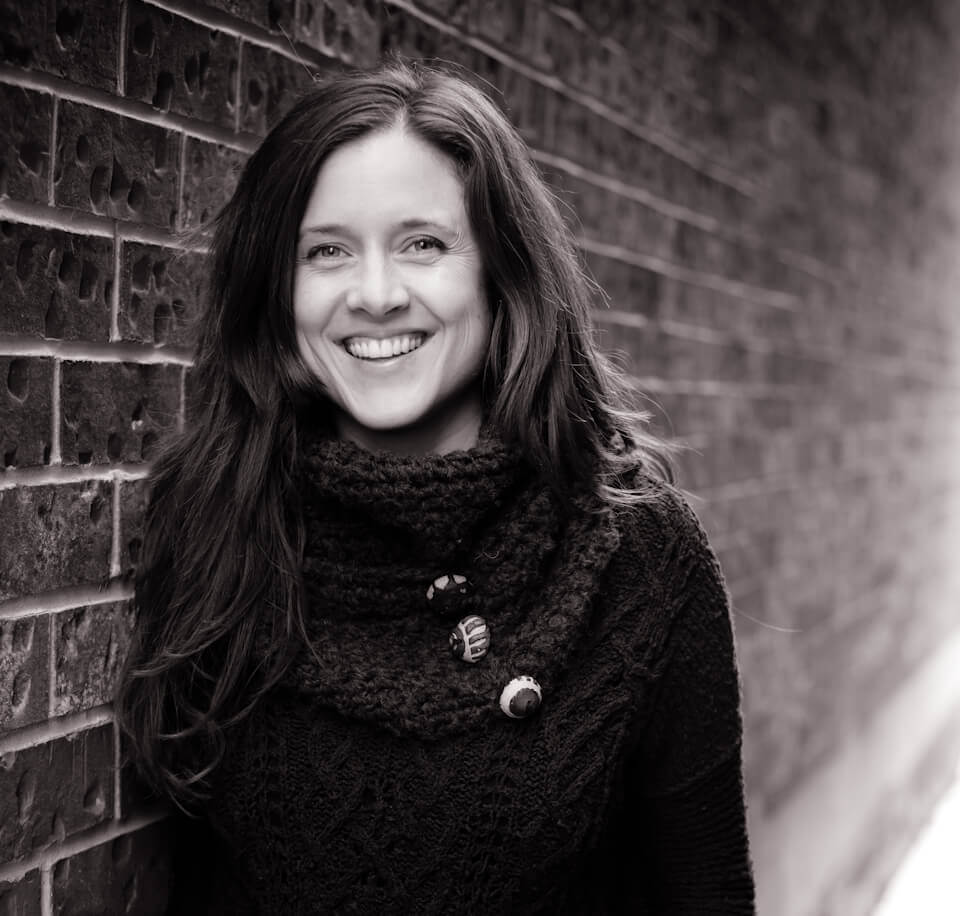
ACE Interviews: Jo-Anne McArthur

Photo credit: Lesley Marino
Award-winning photojournalist, author, and educator Jo-Anne McArthur has been documenting the plight of animals on all seven continents for over a decade. Her project We Animals has become an internationally celebrated archive, and over one hundred animal organizations have benefited from her photography, many of which continue to work closely with Jo-Anne on stories, investigations, campaigns and humane education. Jo-Anne is the subject of Canadian film maker Liz Marshall’s acclaimed documentary The Ghosts In Our Machine and her first book, also entitled We Animals, was published by Lantern Books in 2013.
Why is good photography important to the animal advocacy movement?
Animal advocacy has a long history of mediocre photography. This is largely due to the fact that images provided to campaigns were taken by activists and investigators, rather than by people with specific photography skills. Photos were shot mainly as proof of a situation or event. Now, all of that has changed. From grassroots campaigns to the largest organizations, advocates know that good images are absolutely essential in engaging audiences.
Our photographs portray issues and images that no one wants to look at. The greatest challenge in animal advocacy is getting people not only to look, but to not turn away. We are presenting scenes of horror, and it’s natural for them to want to turn away. We are demanding a lot of our audience, so our images have to be beautiful as well as technically excellent. Our images need to have qualities that help the viewer return to the image and connect with it on some other level. Thus, our images not only have to document a situation, but they need to be beautiful, well-crafted, engaging, and interesting.
It’s a tall order for photographers. We are often working in stressful, horrible, dirty or dark conditions. We are often dealing with bad lighting, cages, fences and all manner of obstacles. Executing good images in these environments, especially when our subjects—the animals—are depressed or stressed out and just plain afraid of humans, is a challenge. Thankfully for the animals, activists recognize the need for strong images in campaigns, and are stepping up to the task. Activists and investigators are honing their photography skills, and non-animal rights photographers are starting to document animal cruelty.
What types of photographs are most effective in creating change?
After more than 15 years of working with images that are trying to effect change, I have come to understand a bit about what works and why. Firstly, I don’t think we need to bombard viewers with thousands of images for one campaign. A few excellent images, which show numbers as well as individuals, can be effective in engagement. In my humane education talks, I impress upon the audience that animals are suffering by the billions each day, but that a billion isn’t just a billion. A billion is one, plus one, plus one, plus one. In my photographs, I try to show the large numbers as well as the individuals. For example, if we are talking about turkey farming, we need to see what it looks like to have 2,500 turkeys crammed into one barn. But then, we need to meet the individuals in the barn. This is when I get down and get close to the animals, and try to engage with them individually.


I think we also have to remember that animal advocacy images are also very much a commentary on us, not the animal. Sometimes, it’s showing the fences, chains, walls, crates, and cages and focusing on the architecture of captivity that is really arresting. A portrait of a gorilla in a zoo is one thing, but showing the absurd, human-made confines are more the point. Take, for example, the absurd paintings of nature that are inside so many zoo enclosures. It’s insulting to both us and the animal. I often try to draw attention to this sort of trompe d’oeil. We have to draw attention to our folly and, again, to the utter insanity of the architecture of cages and farms.
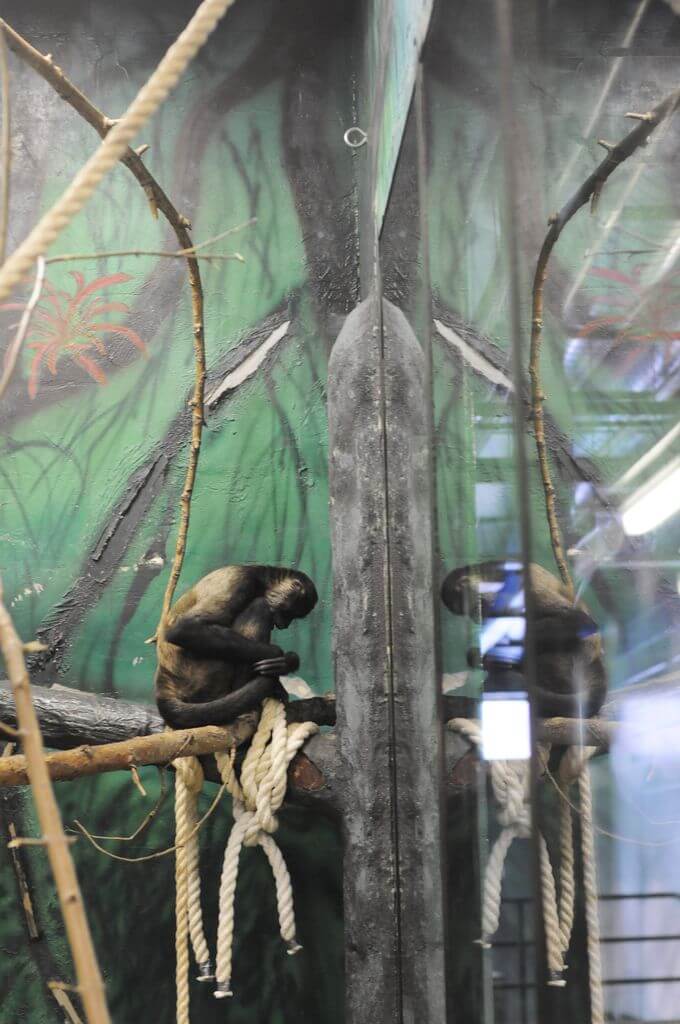
I’ve also learned that we’re asking a lot of our audiences when we present them with this harsh material. The images are not only asking them to confront cruelty, which is painful for anyone to look at, because most of us are compassionate people. These images are also difficult because they turn the lens inward. People who look at these images often become defensive or upset. If they eat the animal depicted, they may feel their morals and beliefs are being attacked. I think engaging an audience with photographs is a delicate matter, and I’ve yet to find the absolute best way to fully engage an audience. Though many of my images are disturbing or graphic, I try to be gentle with people and meet them where they are. One of the simple bits of text I use on my images is “Please Don’t Turn Away.” It’s polite, and, I hope, a simple enough ask.
It’s also important not to paralyze people with images of horror and terror, which can make people feel hopeless. Instead, I often try to give viewers hope and happiness. I show images that depict happiness, change and the change-makers themselves. This is because we see ourselves in others. Just as, when we have a broken heart, every love song is about us, we also see ourselves in images. Images of other advocates inspire us to be a part of the change. It’s important to show photos of people with placards, people bearing witness at the transport trucks, and people showing up at city hall to say their two cents about legislative initiatives—old people, young people, people of all races and backgrounds. Photos should also empower people. If we show people taking part, taking action, many of us will think I can do that too, I can see myself doing that.
This reasoning was the inspiration for one of my current big projects, Unbound. With my co-author, Professor Keri Cronin, I am working to show viewers the women on the front lines of animal advocacy worldwide. This project is a celebration of change makers in both a historical and contemporary context. Rather than feeling hopeless or paralyzed, I want people to see that something can and is being done, and that they too can take part.
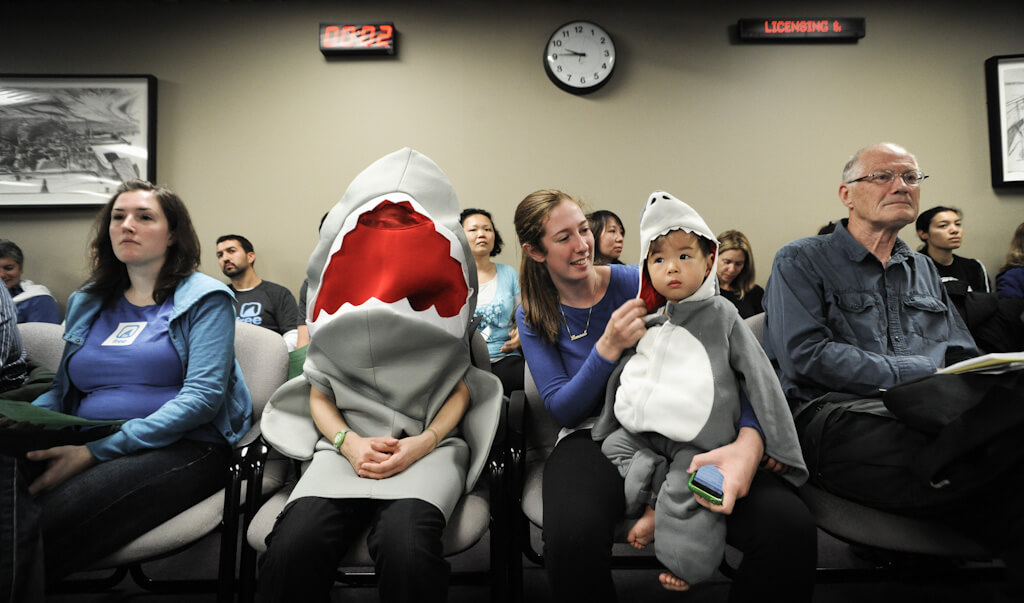

What outcomes have you seen come from your photographs?
I’ve seen lots of engagement and lots of change. Every single day, people email me with stories about how my images have affected them. I hear from organizations, advocates, and academics who wish to use the images because they see them as effective. We Animals images are more visible than ever, and the award-winning documentary The Ghosts in Our Machine is also a big reason for that. It’s an interesting time in history to be a media maker on behalf of animals—the world is watching. People want to know what’s being hidden from them. Slowly but surely, we are ushering in a new era: one of consideration for animals and hopefully, finally, one of true kindness and compassion, where animal are no longer used and killed in all of these horrible industries we’ve built.
What challenges face animal advocacy photographers?
It is becoming increasingly difficult for investigators to gain access to the places we seek to document. One reason for this is that liberations and property damage are making industries more suspicious and therefore more protective. It’s extremely important that we as investigators have as much access as possible to these industries. The more fences go up, both physical and metaphorical, the less we’ll be able to get much needed imagery for advocacy campaigns—campaigns that can change the minds of millions of people and influence animal welfare legislation and policy. If we can’t see what’s going on behind closed doors, it’s going to be terribly hard to convince people that what’s happening there isn’t any good. For this reason, I am in support of open rescues, which aim to engage media on activists’ terms and create a better narrative.
What advice do you have for aspiring animal advocacy photographers?
Begin it now, as Goethe said. You don’t need to sneak into farms or go undercover to be an animal advocacy photographer. There is so much we can document: use and abuse is happening on every block of every city. We need to tell stories creatively. We can do a photo story on all the bacon ads in a city, highlighting excessive animal consumption. We can interview people on all manner of topics about animals. We can show the change makers. We can shoot pictures at shelters and donate the images to that shelter or sanctuary for their use and profit. We can fundraise through our images. To aspiring photographers, take photos at a local aquarium or rodeo. Expose the brutality of industries that profit at the expense of animals. Just do something to make the issue visible. Take, for example, photographer Shannon Johnstone’s incredible project, Landfill Dogs. It’s a perfect example of a project that started close to home but has now changed the lives of thousands of animals.

When I give photo workshops, I think people expect elaborate explanations and technical tips, but I always say that the most important thing is “get down and get close”. Don’t shoot from the typical human-eye vantage point. This is how we all see things all the time. Crouch down to the turkeys, or the calves, or the hens. Engage with them. If they are engaged with you, they will be engaging with every single person looking at the photograph.
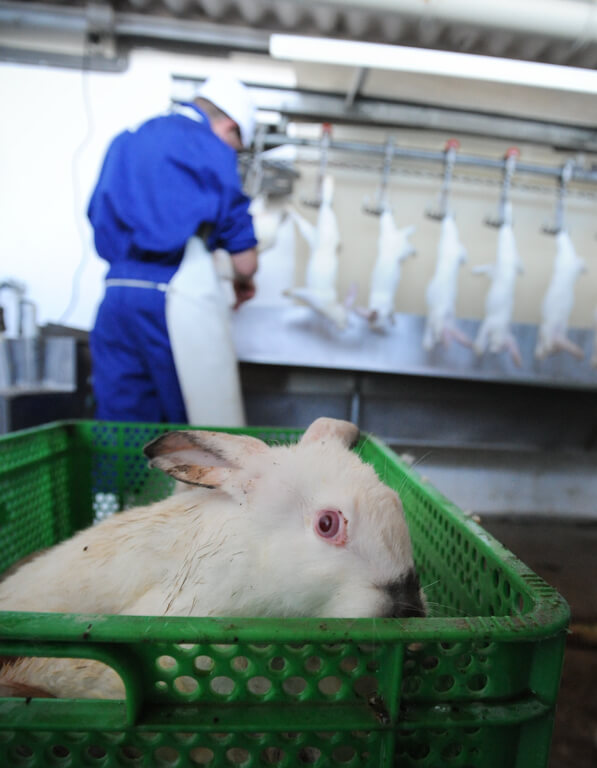
Also, don’t be your own editor. I repeat: don’t be your own editor. We all get attached to our own images, especially those which are almost great, but not great. Every photographer has photos where you almost captured a really poignant moment, but didn’t. Have people who are skilled at photo editing look at your photos. We need good photographers as mentors, and that doesn’t necessarily mean people who are animal advocates. One idea is to form a photo club in your city, so that you can all critique and improve your work.
How can photographers make a career in animal advocacy photography?
Careers in this field are tough. Building a fringe career based on images that no one wants to see is going to take a lot of time. Perhaps the best approach is to expect animal advocacy photography to be a part of your career. It took well over a decade for me to have a self-sustaining career in advocacy work. I’ve also been a commercial, portrait and event photographer for about 18 years, which paid for my animal work and allowed me to travel the globe telling the stories of animals. Eventually, organizations started inviting me to shoot and offering to pay my costs or offer a small stipend. For aspiring advocacy photographers, joining forces with organizations who will help disseminate your work is a great idea. After building over 15 years of trust with my audience, I am incredibly thankful to say that people are supporting my work through my Patreon page.
To make a career out of animal advocacy photography, you need a strong entrepreneurial spirit and be willing to work incredibly hard. Unfortunately, most of our work might still go unpaid. Despite the challenges, I encourage anyone who wants to go into animal advocacy photography to do so. It is vital that photographers take on these important stories. They need to be told, whether we’re making careers from it or not.
Through the course of your work, and particularly through the Unbound project, you have met and talked to many advocates all over the world. What challenges face animal advocates in trying to sustain their work?
I should start by saying that my advice about advocacy support, needs and PTSD is subjective. I haven’t studied these topics but will do my best to offer my perspective based on what I’ve seen over the course of my last decade in animal activism.
The problem I have seen is that advocates push themselves so hard to work for animals that they neglect their own needs, leading to depression and burnout. I’ve been guilty of this myself. I’ve had unreasonable expectations for myself and the work I can do within unrealistic, self-imposed timelines. This can only lead to feeling demoralized. Now, I’ve learned to accept that I can only put one foot in front of the other, and I know that I am doing the best I can do. I’ve also learned to be content with and appreciate the impact that my work has had for animals.
How are animal advocates affected by trauma and PTSD?
A lot of us are traumatized by the things we see happening to animals. You don’t need to be a front line activist, doing field work, to become traumatized. These days, you need little more than a Facebook account to be faced with endless reels of cruelty videos.
I actually think that feeling traumatized is the correct response to witnessing brutality towards others! However, we are often expected to feel cold or stoic towards bearing witness. We are told that it’s “hysterical” to react strongly to witnessing brutality. This can lead to depression and burnout and can ultimately destroy our ability to advocate for animals. For some, feeling traumatized instills a sense of urgency and a need for action. For most, however, it causes paralysis and a compulsion to turn away. This is why taking care of ourselves and of one another is so important.
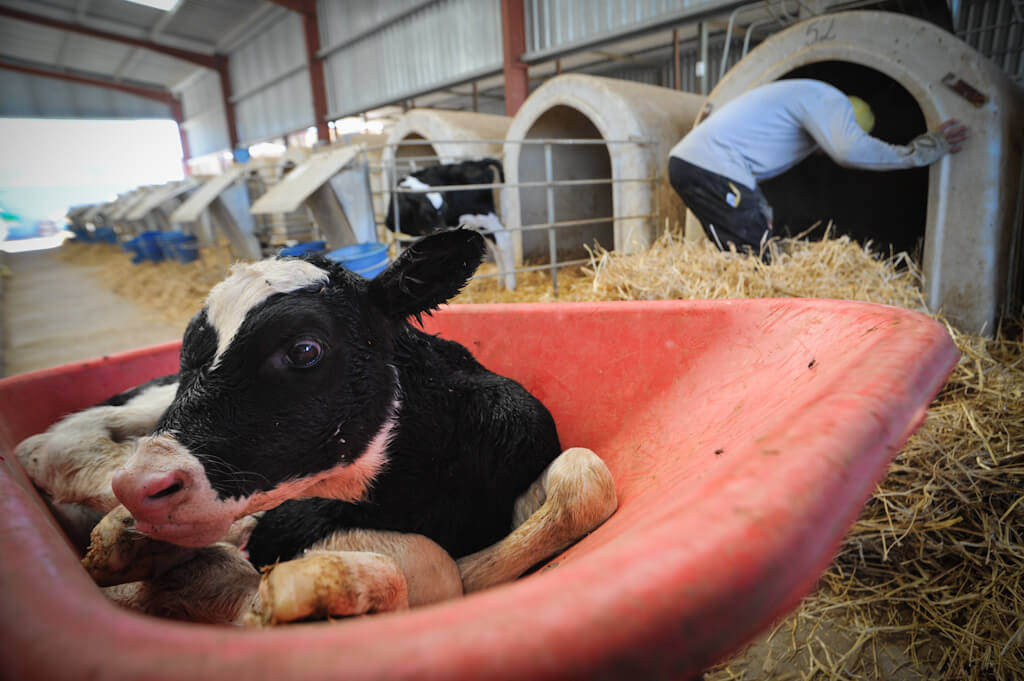
How can advocates care for their trauma and prevent burnout?
I think this question can only be answered individually, by knowing yourself. For some, the answer lies in solidarity with community. With others, it’s a need to regularly connect with the earth and the animals we are trying to protect and save. If you need family, friend and community support, take the time to nurture that. If you need to run, please run. If you need to eat a vegan mac and cheese and celebrate with some down time with friends, do that. If you need to sleep for a day and read some fiction, please do. If your happiness and energy levels require you to be away from the city for many days, please take that time. All of this may feel like time away from working on animal issues, but in the end it will keep your batteries charged for the fight.
In order to be effective advocates, we need to look after ourselves. Too many people come into the movement with their guns blazing and (rightfully) angry as hell, but are unable to sustain that energy. When we burn out, the animals lose more of the already too-few advocates speaking up on their behalf.
I highly recommend Pattrice Jones’ book, Aftershock: Confronting Trauma in a Violent World. A Guide for Activists and their Allies. This book was a revelation to me. It validated what I was experiencing as an animal advocate, and helped me find ways to continue to advocate effectively. I encourage everyone to pick up this book.
Advocates tend to carry the weight of the world on our shoulders. We can’t do this. It’s not sustainable. Give yourself a break to recharge your batteries. Do what you need beyond activism once in awhile, in order to prolong your advocacy. The animals need each and every one of us. There are so few of us speaking up on their behalf. They can’t afford to lose our voices because we can’t take care of ourselves.
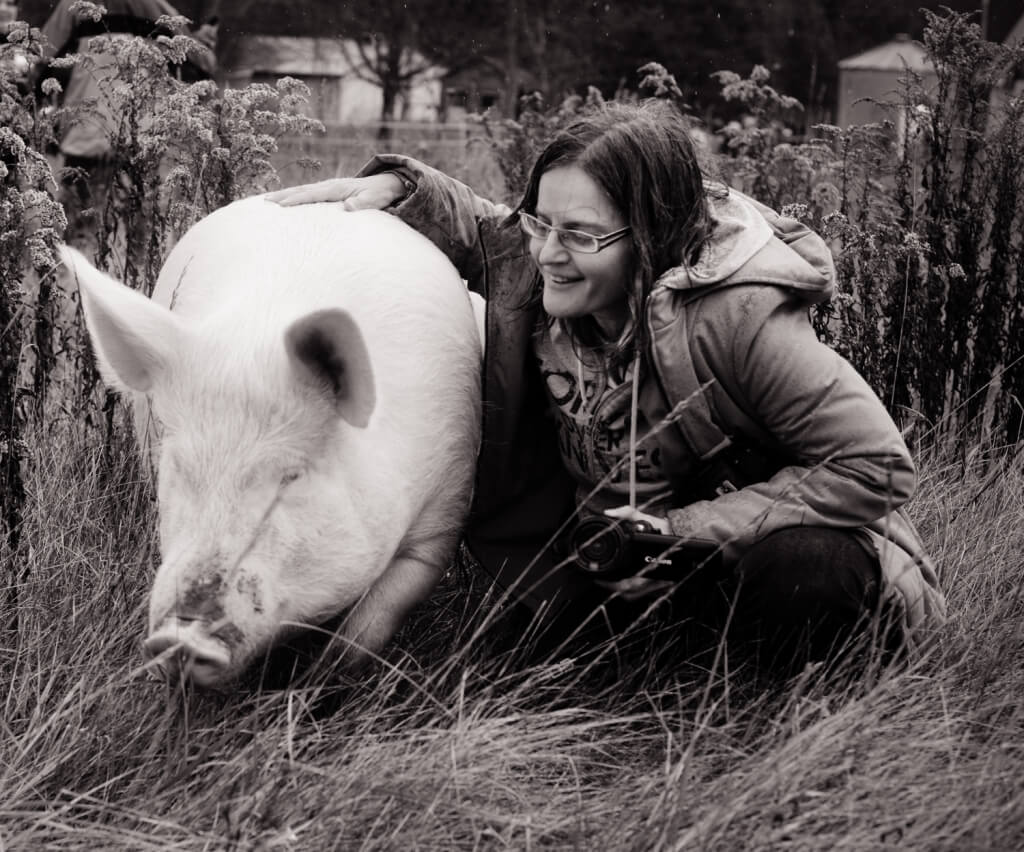
Anita Krajnc, founder of The Save Movement, with Esther the Wonder Pig
Filed Under: Interviews & Conversations Tagged With: factory farming, messaging
About Leah Edgerton
Leah has been involved in the effective altruism community for a decade and in animal advocacy her whole life. She started at ACE in 2015 as an intern, went on to a role on our communications team, and was ACE's Executive Director through 2021.
I totally agree with Susan. It’s really fantastic words and photos. Thank you so much for you job Anne.
Good luck.
A very thought-provoking article providing a lot of food for thought.
Thank you.
For the animals…
I have been on your mailing list for some time and it is today that I decided to add your work to my regular blog updates. I will be sharing your ACE News, ACE Newsletter and perhaps others as well. Jo-Anne’s work is so powerful and inspirational, I have been following her since I found out some years ago, I only wish it was mandatory that the entire world could see her work and make changes where possible. I’m proud to share and promote her work via my website so others know. Great interview, the photos are hard to look at but — we need to know in order to help — this is what awareness is all about.
This is very good job. Nobody knows animals have life like us. i’m with you. all the best ,,,,,,,,,ACE team.
Powerful and important work, bravo!
Fantastic words and photos. I hope this spreads far and wide among humans, especially to those humans who work lovingly to change hearts and minds.